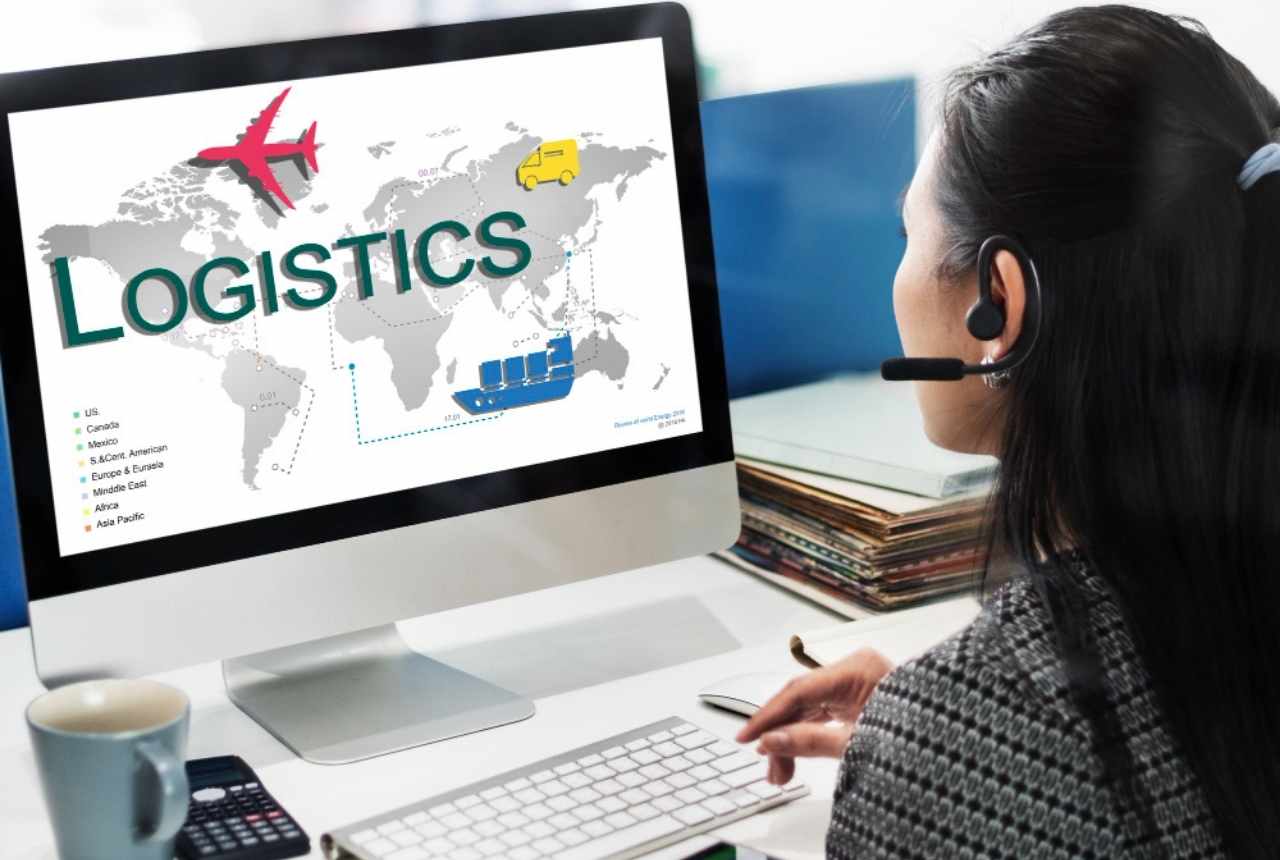In the year 2017, the Indian government made an announcement regarding the indirect tax regime GST (Goods and services tax). GST replaced other taxes such as state VAT, customs duties, central excise duty, entertainment tax etc. Comprehending the new tax regimes can be confusing for many, but it is essential to know about them and their impact on businesses. This blog simplifies and explains the different types of GST and its influence on business. Let’s learn how.
What are the types of GST?
Going back, the Goods and Service Tax Act was passed in the Indian Parliament on March 29th, 2017, and it came into effect on July 1st, 2017. There are four types of GST – Integrated Goods and Services Tax (IGST), State Goods and Services Tax (SGST), Central Goods and Services Tax (CGST), and Union Territory Goods and Services Tax (UTGST). Each of these tax types has different taxation rates.
- Integrated Goods and Services Tax (IGST) is applicable on the interstate supply of goods and services in India, i.e. where the recipient and supplier are in different states.
- State Goods and Services Tax (SGST) is levied by the state government on the intra-state supply of goods or services, i.e. where the recipient and supplier are in the same state.
- Central Goods and Services Tax (CGST) is levied by the central government on the intra-state supply of goods or services.
- Union Territory Goods and Services Tax (UTGST) is levied by the central government on the intra-UT supply of goods or services, i.e. where the recipient and supplier are in the same Union Territory.
Earlier, during the GST’s initial days, there was a lot of perplexity and confusion among businesses regarding the payment of tax and various types of GST. But on the bright side, GST has subsumed most of the local tax levied on businesses(goods and services).
What is GST – Goods and Services Tax?
The Goods and Services tax system is applied to the supply of goods and services intended for domestic consumption. It functions as a form of Value added tax(VAT). GST is added to the final price of goods or services. The customer pays the full price for the goods inclusive of GST.
Full Form of IGST and When Does it Apply
IGST stands for Integrated Goods and Services Tax, governed by the IGST Act, 2017, amended as and when required. IGST tax is applicable when the supply of goods and services happens between two or more states and union territories. It is also applicable to import/export transactions, both when importing into India and exporting from India.
Full Form of SGST and When Does it Apply
The full form of SGST is State Goods and Services Tax. SGST applies to transactions within the same state and is collected by the respective state. It is governed by the SGST Act, 2017 of the particular state, and amended from time to time.
Full Form of CGST and When Does it Apply
CGST means Central Goods and Services Tax. Like SGST, CGST is applicable to all transactions that happen within the same state. However, it is collected by the central government, instead of the state government. The Tax collections under CGST occur under the provisions of the CGST Act, 2017.
Full Form of UTGST and When Does it Apply
The full form of UTGST is Union Territory Goods and Services Tax. Under the UTGST Act 2017, the tax is levied on the intra-state supply of goods or services by the respective government in a Union Territory.
Also Read : Everything you need to know about e-invoicing under GST
Objectives of GST
GST implementation in India is aimed at simplifying the indirect tax system. By eliminating multiple taxes, it improves compliance for businesses and offers a more systematic revenue stream for both central and state governments. Here are the key objectives of GST:
- It eliminates multiple tax systems.
- Helps in boosting the country’s overall revenue.
- There has been a rise in the level of compliance among businesses.
- It is initiated by the central government to reduce the prices.
- It helps to achieve higher efficiency and productivity.
Taxes replaced by Goods and services tax GST
As part of major tax reform, GST has introduced a single, organized taxation system to the country by replacing many indirect taxes. Some of the taxes that have been replaced by GST include central excise duty, service tax, VAT, entertainment tax, and octroi, among others.
- Entertainment tax
- Tax on lottery
- Central excise duty
- Purchase tax
- Octroi
- Luxury tax
- VAT
- Service tax
- Additional Excise Duty
- Central Excise duty
Different GST types
Here is the structure of GST and it takes into consideration, the type of transaction, based on the levied tax amount.
1. Inter-State transactions
In this type, the transaction takes place within two states. For example, a trader from Karnataka supplies coffee mugs to a consumer in Maharashtra. So the collected GST is divided among the central government and the state government(Karnataka).
2. Intra-state transactions
This transaction takes place within the state. The central and state governments collect the tax equally. For example, a trader from Karnataka sells goods to a consumer from Karnataka. The Central and state governments will collect the tax here.
Components of GST in India
There are four types of GST in India – UTGST, CGST, SGST and IGST. Let’s learn more about the central goods and services tax below.
1. State Goods and Service Tax SGST
This type of tax system comes under the central government GST regime and it is applied to intrastate(within state) transactions. For an intrastate supply of goods and services, both state SGST and central GST are levied.
Here, the SGST or state GST is levied on the goods and services that are purchased and sold within the state. And the SGST Act governs this tax system. The state government claims all the SGST earned revenue.
Take, for example, a business that has sold goods worth Rs 5000 to a customer in Himachal Pradesh. Suppose the tax levied on the goods is 16%, it includes both CGST (8%)and SGST(8%). The tax is divided equally by the state and the central government. And the total amount charged by the business is Rs 5800. In this, Rs 400 will be claimed by the state government in the form of state goods and services tax.
2. Central Goods and Services Tax CGST
Similar to the SGST, the CGST comes under the GST tax regime and it is applied to intrastate transactions(within the state). The CGST Act is the governing legislation for the Central Goods and Services Tax (CGST). The central government collects the revenue generated by the CGST tax.
Let’s elaborate on the previously mentioned example. If Rs 5000 worth of goods is sold to a customer from Himachal Pradesh, 16% is the GST levied on the customer. In this, 8% belongs to CGST and 8% to SGST. So the total amount including GST is Rs 5800 from which Rs 400 is collected by the central government.
3. Integrated Goods and Services Tax or IGST
The IGST tax system comes under the GST regime and it is applicable to the supply of goods and services, as well as imports and exports that happen between interstates(between state business transactions).
The IGST Act is the governing legislation for the integrated goods and services tax. The central government collects the tax levied under IGST. So after the collection of the taxes, the central government distributes it among the state governments.
For example, if a trader from Gujrat sells goods worth Rs 5000 to a customer in Maharashtra. IGST is levied as it comes under the interstate transaction. 16% tax is imposed and the tax collected is Rs 800, by the central government.
4. Union territory goods and services Tax UTGST
The UTGST is the counterpart of the SGST and is one of the GST tax regimes. Here, the Union territory goods and services tax is levied on the supply of goods and services in the Union territories of India(UTI).
This tax is applicable to consumer goods sold in Andaman and Nicobar Islands, Delhi, Lakshadweep, Chandigarh, Daman Diu, Dadra, and Nagar Haveli. The governing legislation of UTGST is the UTGST Act. The revenue generated from the transactions is collected by the Union Territories government. The UTGST is the replacement of SGST in the union territories. So, both UTGST and SGST are levied on these union territories.
Also Read : 4 Reasons your Business needs an ERP System to be GST Ready
Difference Between the Types of GST
| Type of GST Tax | Full Form | Applicable | Levy Authority |
|---|---|---|---|
| IGST | Integrated Goods and Services Tax | Inter-state (between different states/UTs) | Central Government |
| SGST | State Goods and Services Tax | Intra-state (within the same state) | State Government |
| CGST | Central Goods and Services Tax | Intra-state (within the same state) | Central Government |
| UTGST | Union Territory Goods and Services Tax | Intra-Union Territory (within the same UT) | Union Territory Government |
Benefits of GST
The significant benefit of GST is that it is a transparent tax-payable system of goods and services.
- Simple and convenient online processes.
- Eliminates the cascading tax effects.
- Eases tax compliance.
- Advanced logistics efficiency.
- Enables businesses to have a higher threshold for registration.
- Offers a composition scheme designed for small-scale business operations.
Goods Exempted From GST Payment
Under the GST law, many items are exempt from GST payment, i.e. they do not incur any GST taxes. The following is the list of non-taxable goods under GST.
- Food items: Rice, wheat, pulses, fish, meat, fruits and vegetables
- Healthcare items: medicines, vaccines
- Books, journals, maps, newspapers, non-judicial stamps, etc.
- Agricultural equipment, tools and fertilizers
- Raw materials like raw cotton, silk, and unprocessed wool.
Who is liable to pay GST?
Given below are individuals who are liable to pay goods and service tax GST —
- Individuals who are registered under GST and engaged in providing taxable supplies.
- Under the reverse charge mechanism, GST-registered individuals are obligated to make payments.
- GST-registered individuals are required to deduct tax at source (TDS).
- E-commerce operators who are registered under GST.
- E-commerce operators registered under GST are responsible for collecting tax at source (TCS).
- Individuals acting as agents, supplying goods or services on behalf of a supplier or manufacturer.
Conclusion
In conclusion, we have learned in detail about goods and service tax GST and elaborated on the types of GST in India. GST is the value-added tax levied on the goods and services which is sold for domestic consumption. Further, there are four types of GST – UTGST, CGST, SGST and IGST. These components are applied throughout the country. The GST council determines the applicable GST slabs for various goods and services.
ERP system is the right business management solution to help with GST compliance by automating workflows, which will consequently, improve efficiency and reduce errors. In addition, features like real-time information access, reporting and transparency help in easy compliance.
Frequently Asked Questions (FAQs)
1. What Is the Full Form Of CGST, IGST, SGST, UTGST?
The full form of various GST taxes is as follows:
- CGST – Central Goods and Services Tax
- IGST – Integrated Goods and Services Tax
- SGST – State Goods and Services Tax
- UTGST – Union Territory Goods and Services Tax
2. What Are The 5 Types Of GST Rates?
GST rates are classified into five main tax slabs, namely, 0% (nil tax), 5%, 12%, 18% and 28%.
Examples of goods that are taxed under these slabs.
- 0% – Fresh fruits and vegetables, educational services
- 5% – Packaged food, economical public transport services
- 12% – Frozen meat, financial services
- 18% – Refrigerators, washing machines, telecom
- 28% – Luxury cars, online gaming
3. What Is The Limit Of GST?
GST is exempt for goods businesses with an annual turnover below Rs 40 lakh. For businesses providing services, the exemption limit is set at Rs 20 lakh. These businesses are not required to register and file GST.






